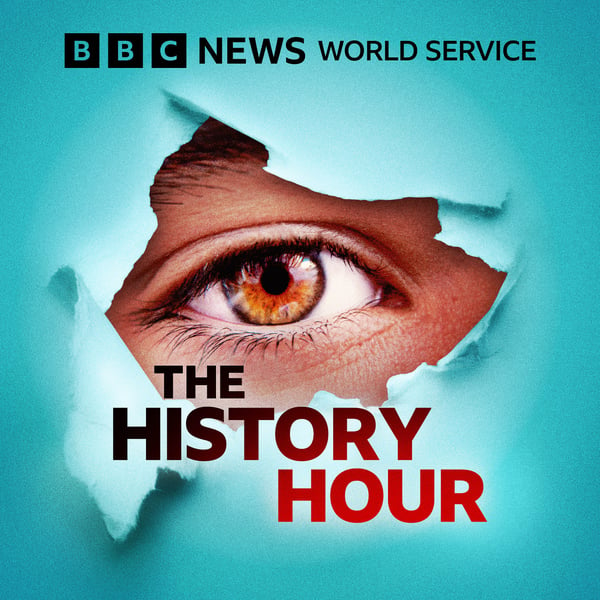Subway Art and terror in Georgia
The History Hour
BBC
4.4 • 879 Ratings
🗓️ 5 July 2024
⏱️ 50 minutes
🧾️ Download transcript
Summary
Max Pearson presents a collection of the week's Witness History episodes.
We hear about the era-defining book Subway Art and how Fight the Power became a protest anthem. Artist curator Marianne Vosloo explains how both street art and hip-hop are linked.
Plus, two stories from Georgia. Firstly, how Stalin carried out his most severe purge in Georgia in 1937, killing thousands of people, and then how after the breakup of the Soviet Union in 1991, the newly independent state was thrown into a political and economic crisis.
Finally, we hear from a former Canadian prime minister, on how her party was left with just two seats after the election in 1993.
Contributors: Martha Cooper and Henry Chalfant – authors of Subway Art. Marianne Vosloo - artist curator who works within the field of street art and urban art intervention. Chuck D – Public Enemy frontman. Levan Pesvianidze – Georgian whose grandfather and uncle were both executed. Lamara Vashakidze - a survivor of Georgia’s crisis in 1991. Kim Campbell – former Canadian prime minister. Preston Manning – founder and former leader of Reform.
(Photo: People queing to buy Subway Art. Credit: Jemal Countess/Getty Images)
Transcript
Click on a timestamp to play from that location
| 0:00.0 | Hello and welcome to the History Hour Podcast from the BBC World Service with me |
| 0:08.8 | Max Pearson the past brought to life by those who were there. Coming up this week, vandalism art or |
| 0:15.0 | political comment. We'll be looking at the history of graffiti and street art. |
| 0:19.0 | Also, political comment in music, how public enemies fight the power became a global protest song. |
| 0:25.4 | They felt totally new, different and like who does that? I was like really. I mean look, |
| 0:30.7 | if you had to put your song in something and you heard it like 500 times in it you'd be like okay wow |
| 0:36.4 | Plus the impact of Stalin's great terror in 1930s Georgia I feel pride because he never stopped fighting and of course the anger that I feel about |
| 0:46.0 | this part of our family history will probably never leave me till the end of my life and |
| 0:51.1 | the 1993 Canadian election that wiped out the Conservative Party there. |
| 0:55.8 | I had some wonderful victories, I had so wonderful things I was able to do, and I had a devastating |
| 1:00.5 | defeat. |
| 1:01.5 | But you know in the cosmic order of things, the people of Canada were entitled |
| 1:05.6 | the sweet. |
| 1:06.6 | But first, that look at the history of a particular form of modern art, graffiti. |
| 1:11.2 | The word graffiti comes from Roman times when citizens would paint political slogans or personal |
| 1:16.4 | slurs on the walls of buildings in Rome. So it's not exactly a modern art form. However, it returned to the modern mindset in the late 1970s and early 80s, |
| 1:27.0 | and it began to shift away from being seen as mere vandalism with the publication of an era-defining book about the New York graffiti scene. |
| 1:35.0 | It was called simply subway art and it was written and compiled by two photographers, |
| 1:40.0 | Martha Cooper and Henry Chalfund. |
| 1:42.0 | Forty years on, they've been speaking to Matt Pintas. |
| 1:45.0 | The year is 1984 and we're in downtown New York, |
| 1:52.0 | the graffiti capital of the world. |
... |
Transcript will be available on the free plan in -265 days. Upgrade to see the full transcript now.
Disclaimer: The podcast and artwork embedded on this page are from BBC, and are the property of its owner and not affiliated with or endorsed by Tapesearch.
Generated transcripts are the property of BBC and are distributed freely under the Fair Use doctrine. Transcripts generated by Tapesearch are not guaranteed to be accurate.
Copyright © Tapesearch 2025.

